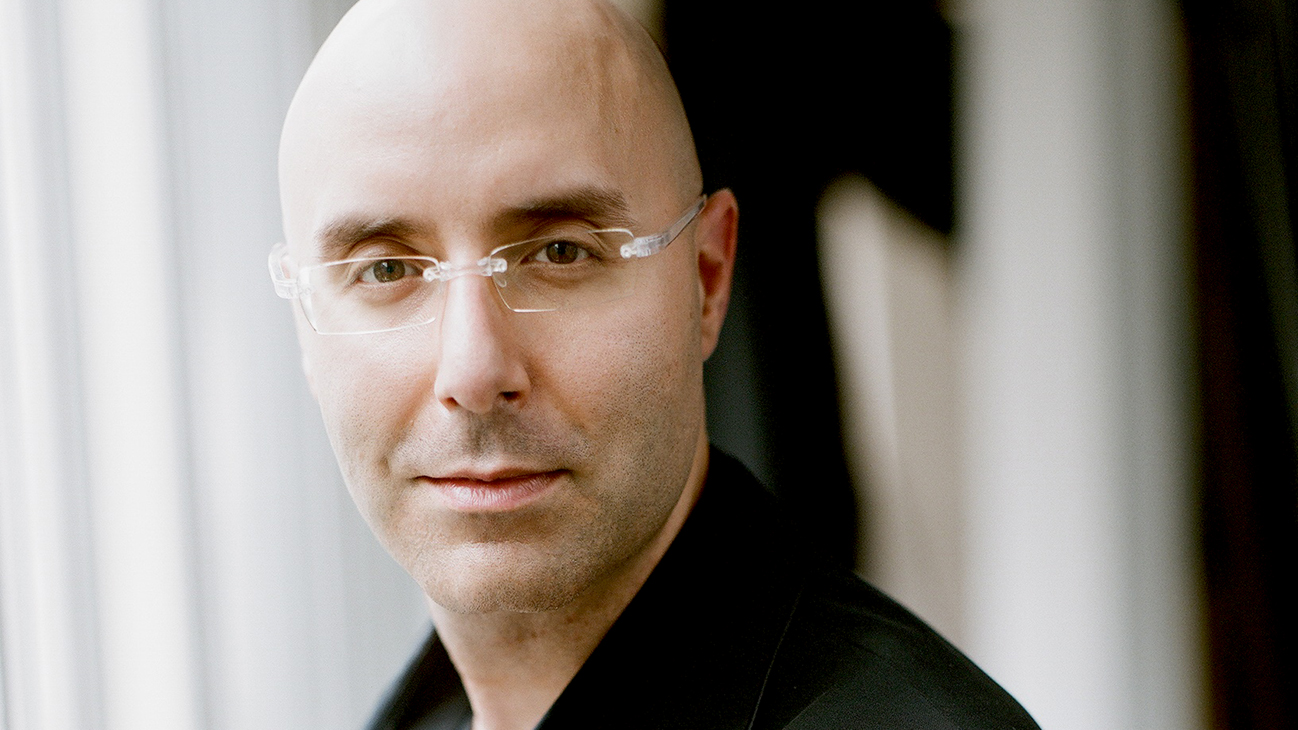When Google wanted to explain digital marketing to the top brands in the world, they brought none other than Mitch Joel to the Googleplex in Mountain View, California. Marketing Magazine dubbed him the “Rock Star of Digital Marketing” and called him “one of North America’s leading digital visionaries.” Mitch helps companies transform by showing them how to understand and harness digital-marketing and new-media opportunities, allowing them to stay on top of, and ahead of, the trends—in social media, blogging, podcasting, mobile, e-commerce, and more. Below, Mitch writes about what brands should do in the face of an increasingly complex digital world:
Stop Being A Digital Immigrant
This is the fundamental challenge of most brands today.
They are not born digital (as Don Tapscott would say). Yes, digital transformation is a reality for all businesses. It’s something that is deeply affecting the small, medium and large businesses. It is something that affects both B2B and B2C markets. Brands tend to look at startups that shoot to billion dollar-plus valuations and wonder how they can be more like that. What they fail to understand is that businesses like Uber, GoPro and Airbnb were born in these digital times. They don’t have to transform. They don’t have to adjust their marketing. They’re not living off of technology legacy systems that must be updated. Most importantly, they connect (in their language, communication, marketing and advertising) by having team members that aren’t just current on digital marketing trends, but these kinds of team members who know no other way.
Traditional advertising in digital channels is not a transformation.
How many years has it been? A responsive website, a mobile experience, a decent email database, a social media presence and ad spend that tips more towardsAdWords than towards newspaper advertising doesn’t count as digital transformation, and it certainly doesn’t count as thinking/being born digital. Those are simple tablestakes. At this point, that only gives a brand a seat at the table (in fact, one could question if that seat should even be at the adult table… you could well be sitting with the kids and their Dixie cups). Digital keeps evolving. Digital keeps introducing new opportunities. Call it live streaming across Twitter now, when simply tweeting was all the rage only a few months ago. Looking to these platforms as a way to simply push a message through, instead of figuring out how these platforms can increase a brand’s economic value, make better connections and build stronger relationships with customers, is what we’re aiming for.
Things are getting complex. It’s going to get more complex.
Let’s rattle through this: data and analytics, marketing automation, programmatic buying, drones, robotics, wearable technology, block chain, the Internet of things and more. It’s a full time job just to graze these topics, and have a semblance of an opinion about them and what they mean to your business today… and tomorrow. So, what’s a brand to do.
- Don’t sit back and wait. If you hear about something new, sign up and tinker with it.
- Keep learning. There are enough blogs, podcasts and links to go around. If you’re not an infovore, you’re going to be in trouble.
- Get help. There are tons ways to be tutored. Videos on YouTube (free!), paid online course, lean on your agency partners, and many more.
- Bring in the experts. Well, not exactly. While it’s hard to be an “expert” in anything this new, there are professionals (with pedigree, experience and skill) who can help you figure out how to use it, ignore it or simply better understand where this all going.
- Test and learn. Not everything is going to work. Not everything is going to be right for the brand. Digital does do one thing well: it allows you to test and learn with a fairly low time and cost barrier. The other component of testing and learning is that it also allows you to optimize, so you get better and better the deeper you go.
Push away from the tactics.
This is the other difficult thing for brands to do. They’re trying (so desperately) to get something out of Facebook as an engine of advertising or how to adjust theirLinkedIn profiles to attract a better employee that they’re losing sight of the greater opportunity. To be like Uber… you have to be like Uber. Uber (and other modern brands) don’t think about how to adapt what they used to do, to be more functional in this environment. Brands like Uber live and breathe the experience like their consumers do. Maybe that’s a little too simplistic for brands to latch on to, but it’s true.
The future isn’t about how to become more digital. The future is about being digital. At all costs.

